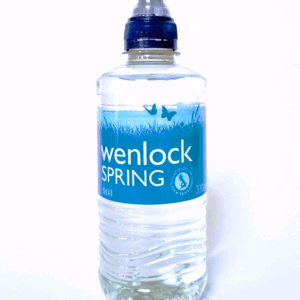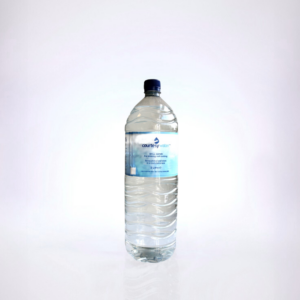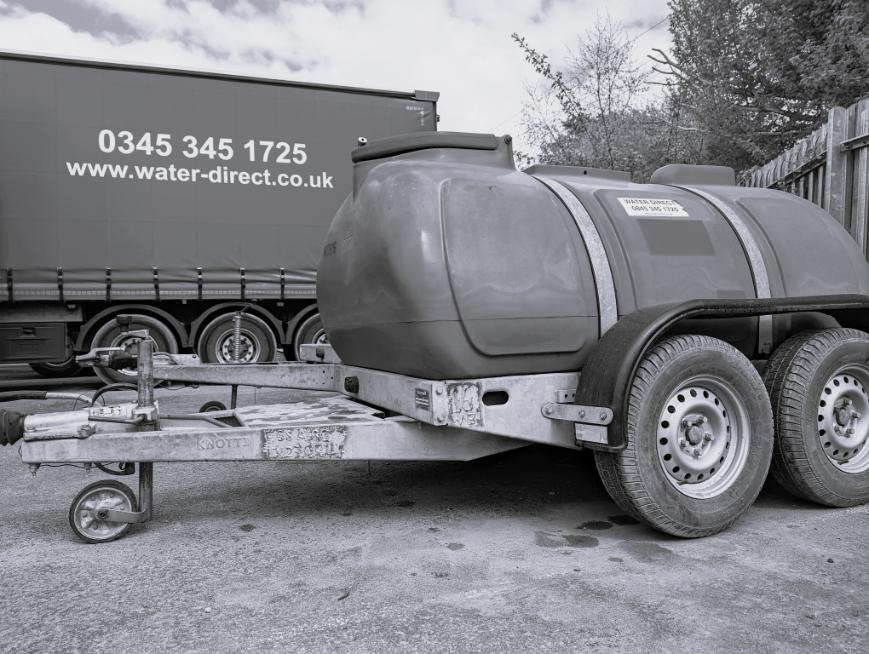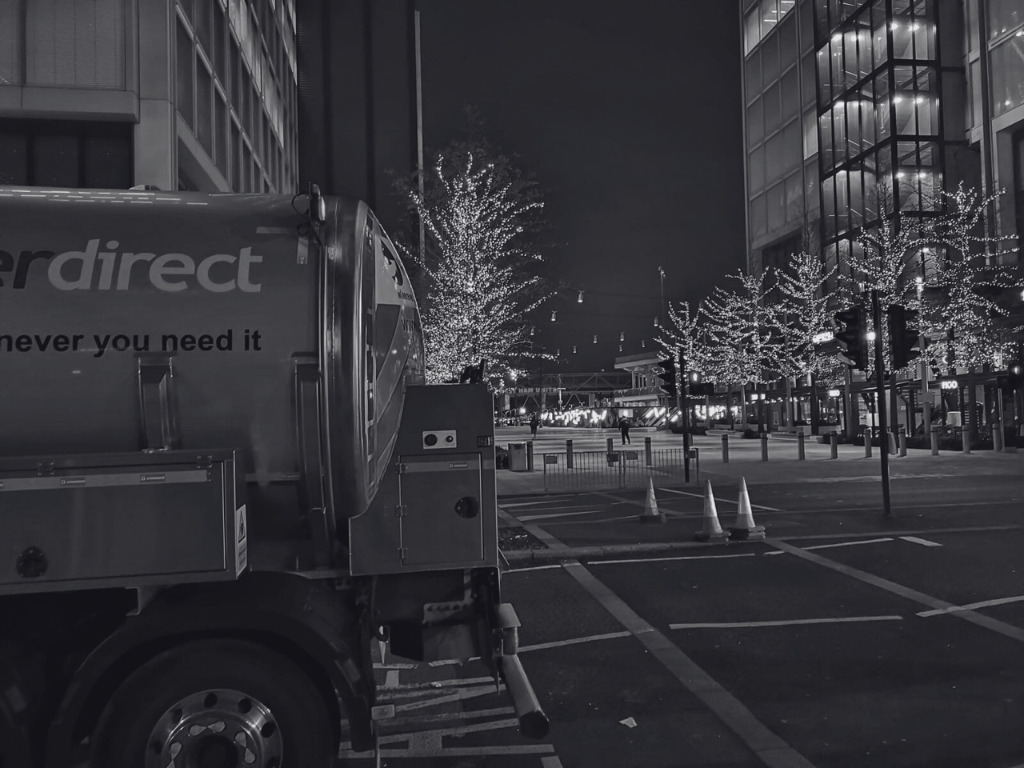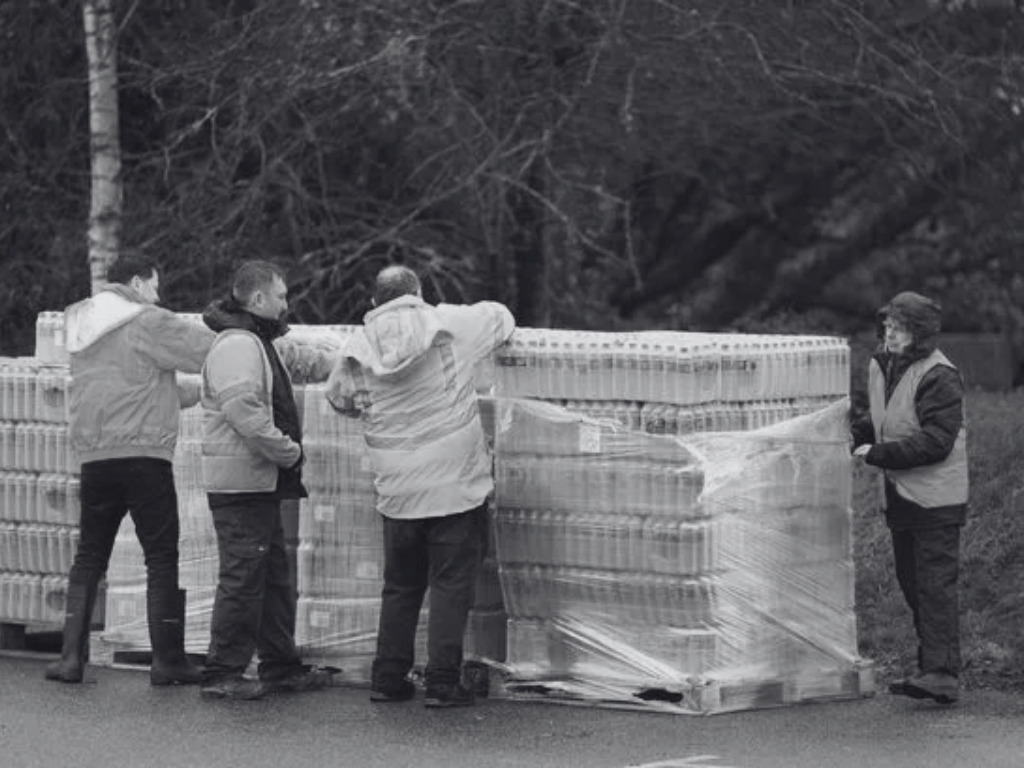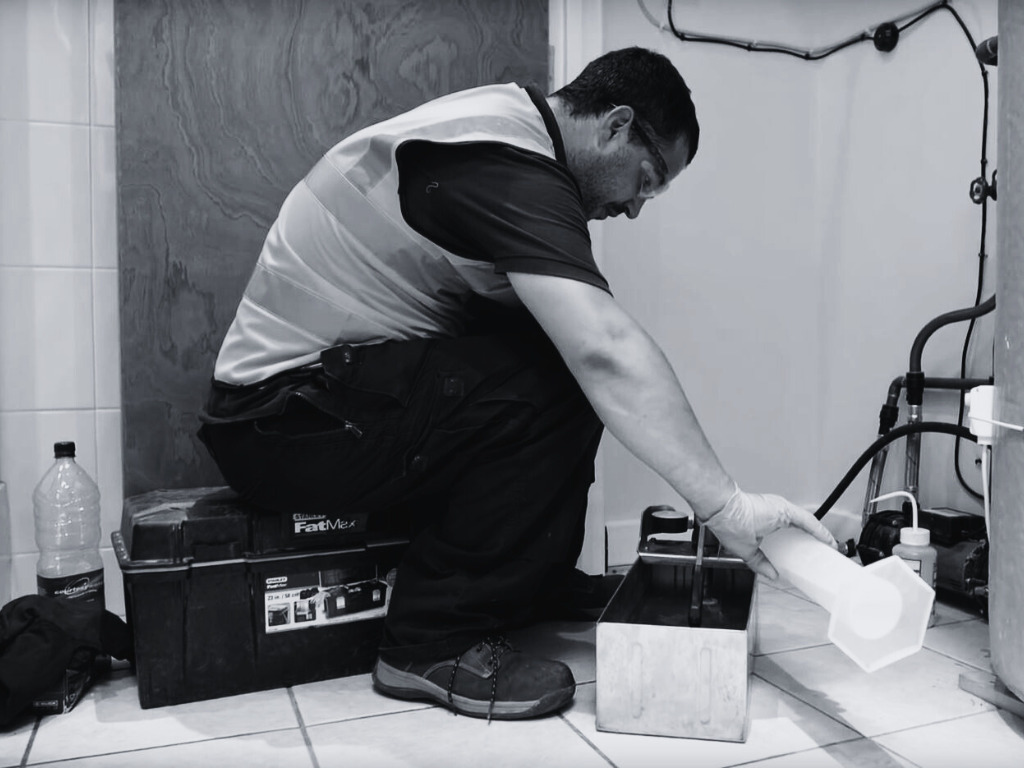
What is Water Chlorination: Types, Benefits, and Safety
Clean, safe water is critical to every operation – but it’s often only noticed when there’s an issue. Behind every working tap or temporary supply system is a process designed to protect water from harmful bacteria and contamination. One of the most trusted methods for doing this is water chlorination. Used across public networks, private sites, and temporary setups, it plays a key role in keeping water safe, compliant, and ready to use.
So, let’s break down what is water chlorination, types and the benefits it provides, and why it remains a key part of maintaining safe and reliable water supplies.
What Is Water Chlorination?
Water chlorination is the process of adding chlorine or chlorine-based compounds to water to disinfect it. Chlorine acts as a powerful oxidising agent that destroys harmful bacteria, viruses, and parasites that could otherwise cause illness or contamination.
It’s been used globally for over a century and remains one of the most reliable and cost-effective ways to ensure that water is safe for human use, especially drinking.
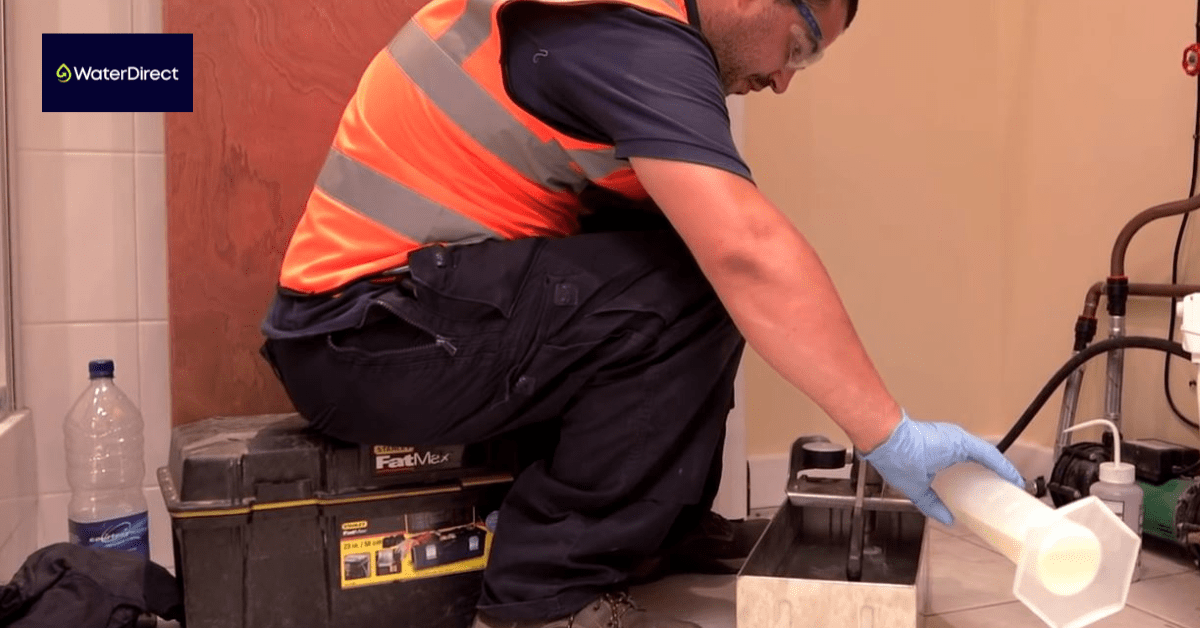
Why Is Chlorination Important?
Without proper disinfection, water can carry serious health risks, including:
- E. coli
- Salmonella
- Legionella
- Giardia and Cryptosporidium
These microorganisms can enter the water supply through broken pipes, surface runoff, or natural sources. Chlorination neutralises them before the water reaches your tap, helping prevent outbreaks and safeguarding public health.
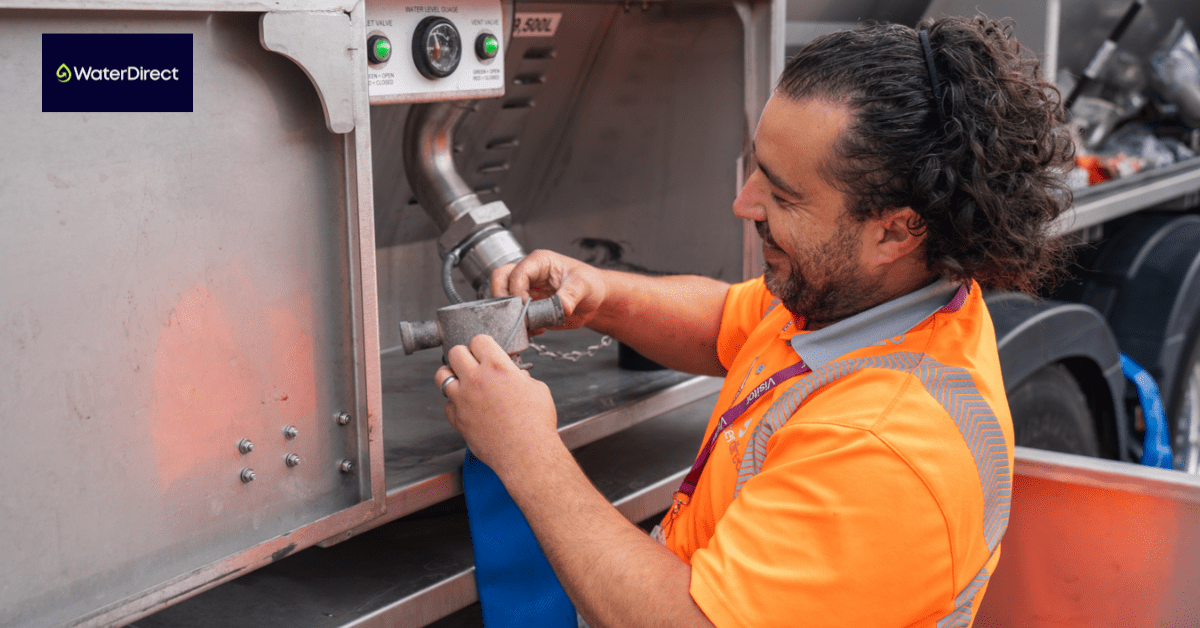
Types of Water Chlorination
There are different types of chlorination methods depending on the use case:
1. Mains Chlorination
This method is used when new or repaired water mains, pipework, or storage systems need to be cleaned before being put into use. It helps prevent contamination from entering the wider network.
If you’re managing a project requiring professional chlorination of temporary or emergency water systems, Water Direct offers reliable water system chlorination services tailored for construction sites, events, and commercial operations needing compliant, safe water on short notice.
2. Continuous Chlorination
In this approach, chlorine is added in controlled amounts on a regular basis to maintain protection across a water system. It’s commonly used in public supply networks where ongoing disinfection is essential.
3. Shock Chlorination
This involves a high dose of chlorine used in response to contamination, biofilm build-up, or after a serious system issue. It’s a corrective step rather than a routine one, often used in emergencies or after maintenance.
Benefits of Water Chlorination
The main benefits of water chlorination include:
- Kills Pathogens: Eliminates harmful bacteria and viruses.
- Prevents Regrowth: Leaves a residual disinfectant in the pipes to stop contamination further along the system.
- Improves Safety: Essential for regulatory compliance in commercial and industrial water systems.
- Supports Emergency Supply: Ensures that water from tankers or bowsers remains safe when delivered to sites or during outages, making it a vital process for any alternative water supplier supporting business resilience.
These benefits make chlorination a vital part of maintaining clean, reliable water in commercial supply systems.
Is Chlorinated Water Safe to Drink?
Yes, when applied correctly, chlorinated water remains safe and compliant for use in commercial environments, including catering, healthcare, and welfare settings. In fact, the UK’s drinking water standards are among the highest in the world, with strict regulations in place to keep chlorine levels within safe and practical limits.
While you might occasionally notice a faint chlorine smell or taste, this is usually a sign that the water is actively protected. If the taste is unpleasant, letting the water sit for a few minutes or chilling it in the fridge often helps reduce the smell.
Chlorination Uses in Real-World Scenarios
Water chlorination is not just for public supply. It plays a vital role in:
- Construction Site Water Supply: Ensures safe water from temporary tanks or bowsers.
- Event Water Delivery: Keeps portable water systems safe for public gatherings.
- Emergency Water Deliveries: Maintains safety in crisis situations when mains supply is disrupted.
- Storage Tank Sanitisation: Treats and prevents microbial buildup in holding tanks.
These real-world applications highlight how chlorination helps ensure water safety and compliance across a wide range of commercial and temporary supply needs.
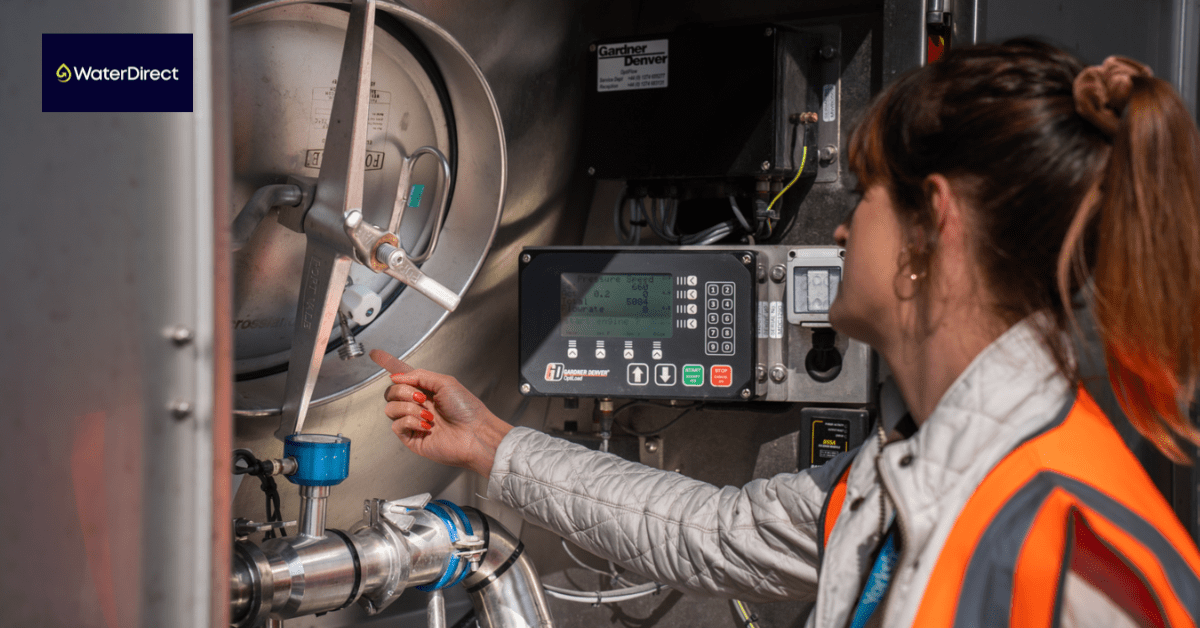
Does Chlorine Stay in the Water Forever?
No, chlorine breaks down over time, especially when exposed to sunlight or organic matter. That’s why water systems are regularly monitored and sometimes re-treated to ensure consistent disinfection.
In mobile or temporary supply systems, maintaining safe chlorine levels is critical. Regular testing and controlled dosing help keep water compliant and safe throughout transport and use.
Need expert support in managing water safety and compliance? Explore our Consulting & Technical Services to safeguard your operations.
Conclusion
Water chlorination is one of the most trusted methods for making sure your water stays clean and safe. Whether you’re dealing with a long-term public supply or a short-term emergency water delivery, chlorine plays a crucial role in protecting health and ensuring peace of mind.
FAQs
What is water chlorination used for?
Water chlorination is used to disinfect water, killing bacteria and viruses to make it safe for drinking, cooking, or industrial use.
Can Water Be Dechlorinated?
Yes. In cases where chlorine must be removed for example, for manufacturing, laboratory work, or sensitive equipment, dechlorination can be achieved through carbon filtration, boiling, or chemical treatment.
Can chlorine in drinking water cause cancer?
Chlorine itself is not known to cause cancer, but long-term exposure to high levels of chlorine by-products (like trihalomethanes) may carry some risk. UK drinking water is strictly regulated to keep levels well within safe limits.
Share:
